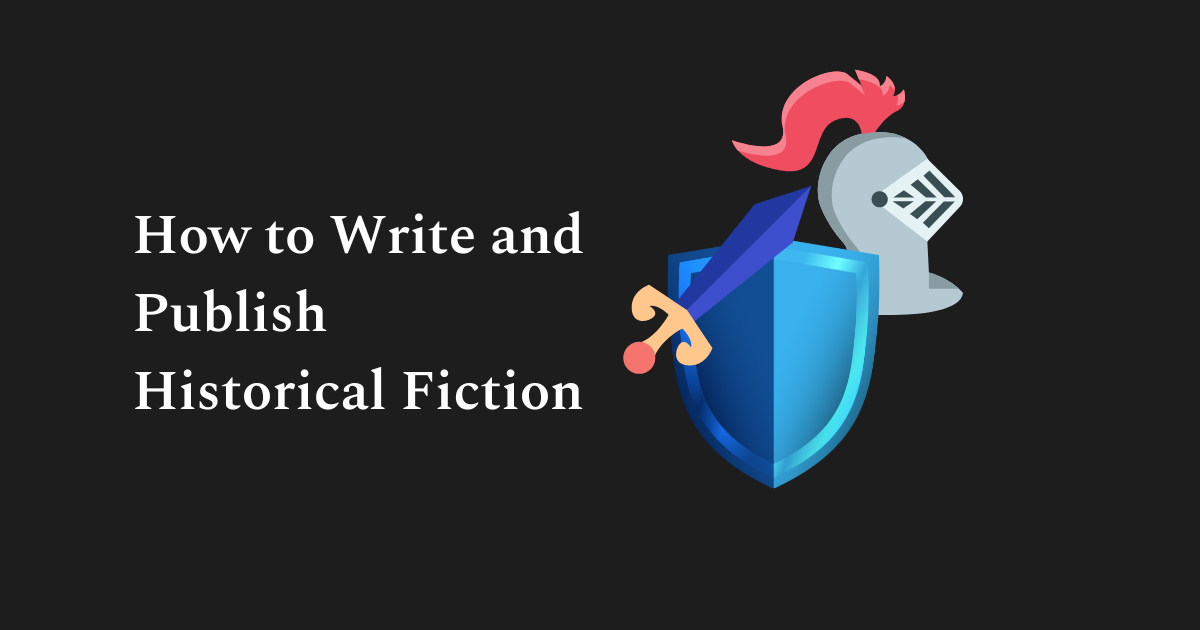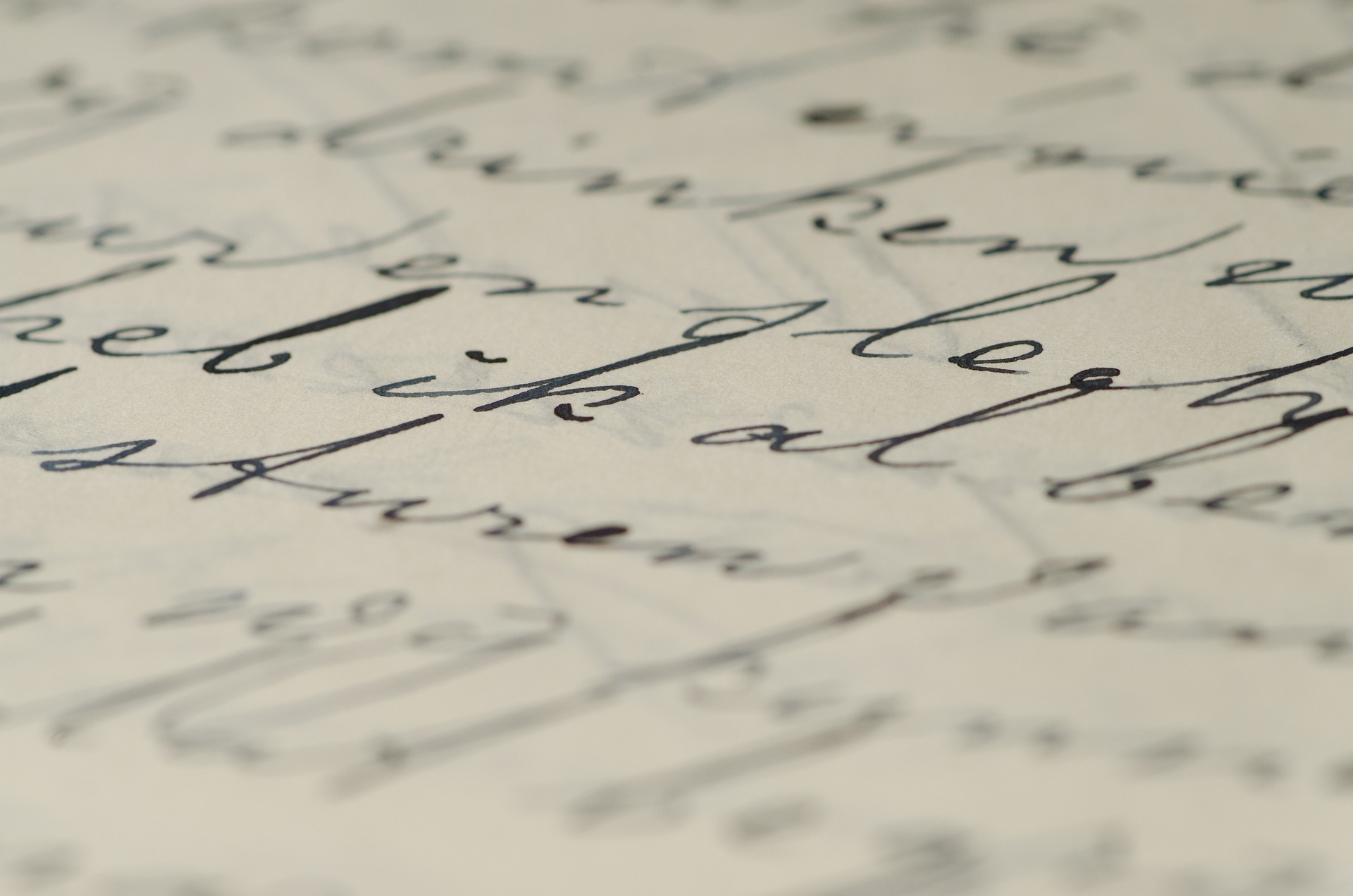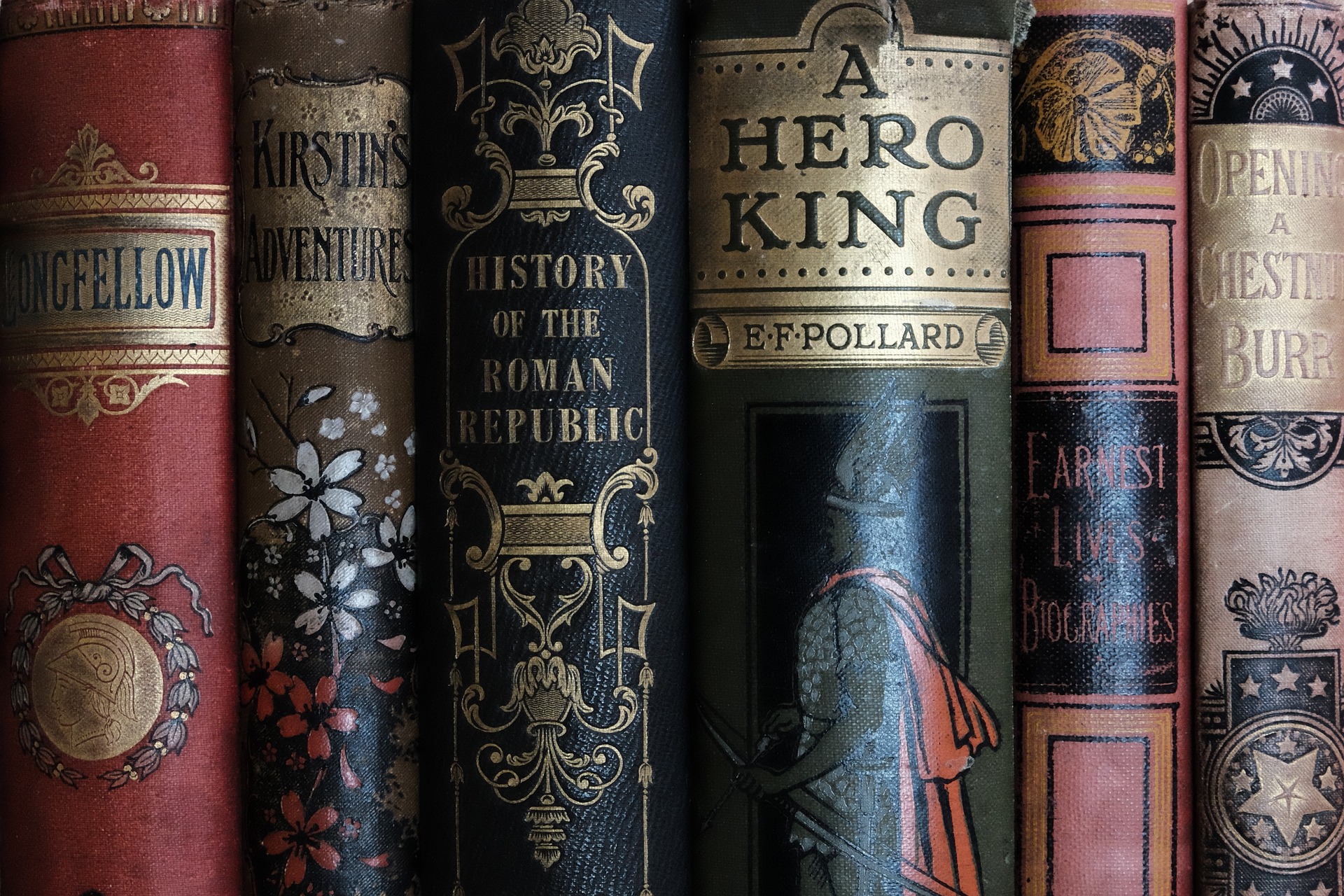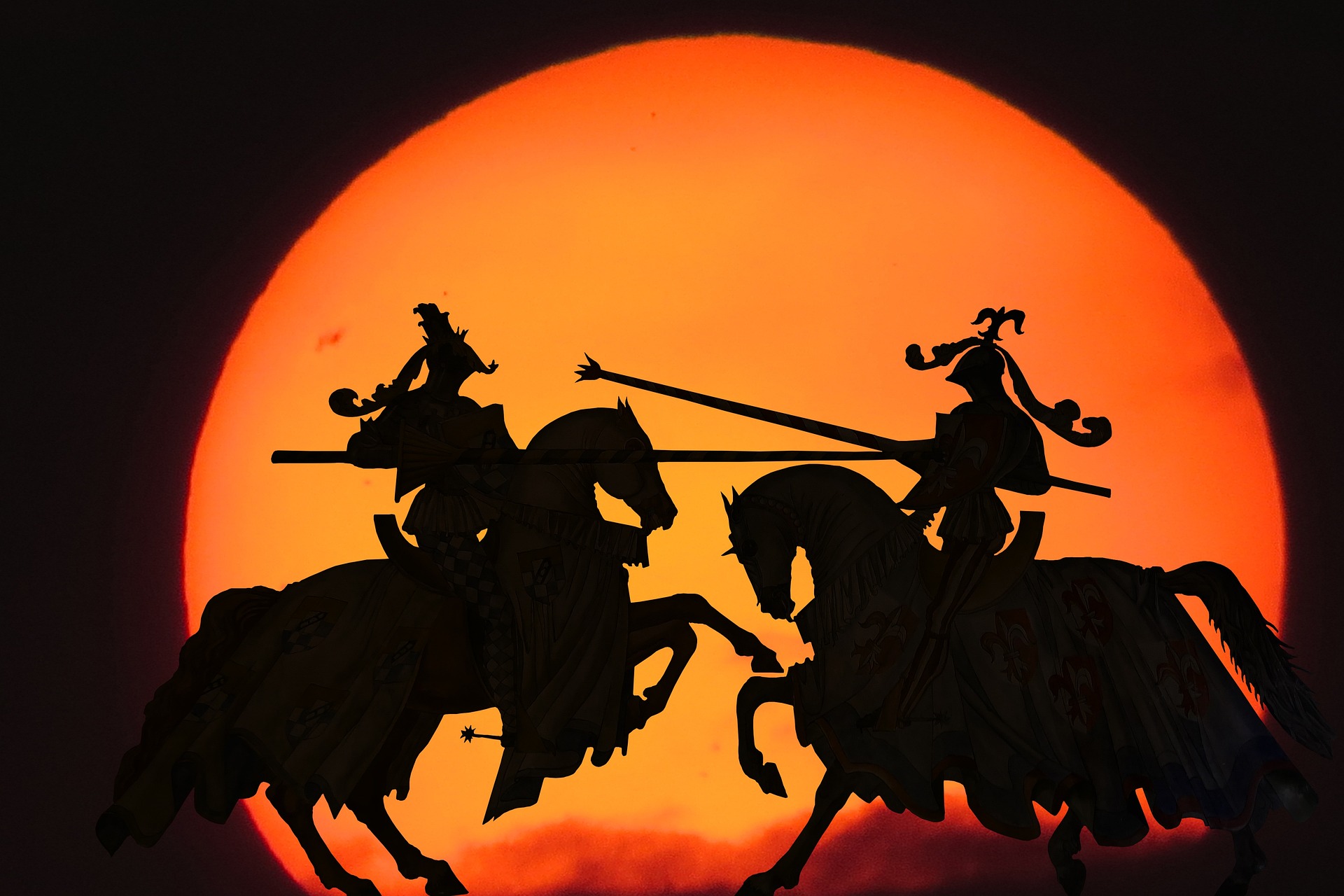Historical Fiction: Your Guide To Writing and Publishing Historical Novels

I remember watching period dramas on television as a small child. There was something very addictive about them. For younger audiences, it might have been the costumes, the old-fashioned looks, and the formal language. But there was something fascinating about them that also captured the imaginations of viewers.
Among the first reasons people mention they like period dramas is the image of glamour and idyllic places–typical for the wealthiest classes–which seems peculiar for today’s millennials like me.
Before taking over television and movie screens, this genre started with the historical novels and the intricate web of historical motifs that took the reader through the hundreds of pages—filled with conflict, personal searches, and many elements of historical fiction that make the story plausible and indicative of a certain age.
If you're not just a fan, but also a writer who plans to self-publish a historical novel, I'll walk you through a few guiding steps on how to write historical fiction and then publish it with ease.
What Is Historical Fiction?

Unlike any other fictional genre, writing historical fiction means the plot needs to be set in a real place and events unfold in a recognizable time or age. Characters or events in the story may be inspired by real-life moments or be altogether fictional.
As the plot unfolds, the situations are both imaginary and historical: "The historian will always wonder why you left certain things out, while the literary critic will wonder why you left them in," best-selling historical author Hilary Mantel mentioned in one of her lectures. And within this distance between the historical and the literary, the ability to sweep a reader away to a long-lost world occurs.
What Are the Most Trending Topics in Historical Fiction?
Today, historical fiction is seeing many changes, like an increasing number of self-published authors who are writing about niche eras and situations, as well as underrepresented groups finally having the chance to share their stories.
But the tried-and-true themes remain popular for most writers of historical fiction to take on:
1. WWII
One of the top themes historical fiction writers like to tackle remains World War II.
Multiple timeline novels are widely popular, and several have movie adaptations, thus contributing to the spreading of the genre.
There are some fictional situations that we have seen much of, such as a relativeof a WWII survivor who casually discovers an item or a diary in the attic, which turns into a great occasion to tell the story in two timelines.
Beyond seeing some themes repeated, what makes WWII a favorite topic after almost a century is its magnitude. There still are so many untold stories that occurred in more remote places across the world, and with the diversity of indie publishing, many now have the chance to be discovered.
2. The 20th century as a whole
The 20th century is rich with popular themes. Indeed, some are linked to the two World Wars, but others are set around the struggle that surrounded the Vietnam War and the social upheaval of the 1970s. The civil rights movement is starting to get the recognition it deserves in storytelling. The Cold War is very impactful, and so are spy stories or dramas of families fragmented by the Berlin War. But as conflicts spread around the globe, stories follow such intricacies and bring forth worlds we know little about but are ready to discover.
3. Women's impact
Romance fiction has always led the way for female-driven stories. Now, those themes are growing and more than ever, historical fiction stories are now presenting the world as seen by the numerous leading female inventors, explorers, or fighters. Stories of women with heroic accomplishments or strong stories, especially from 1900 onward, are here to stay.
4. Orphans
These are stories with emotional impact that bring forth incredible hardships and impressive stories of courage, will, and accomplishment. Stories of the Great Depression, migration and natural or historical calamities are the settings for such stories to unfold.
5. Retellings from the viewpoint of minor characters
There is some buzz around retelling great novels or myths from the perspective of minor characters or female protagonists. So, we can read the same historical fiction from a different angle.
How to Write Historical Fiction

Research is your best option when you start a historical fiction story. But here are some other boxes you should tick before starting your novel.
1. Decide what type of historical fiction story you are going to write
It may be daunting even for seasoned writers to have a firm grip on their plotline and story development from the start, especially considering the amount of research to maintain authenticity and historical veridicality. Even though you may tweak a few things as you write along, there are some things on which you must decide upfront.
- You are writing a fictionalized version of a true story
This is biographical historical fiction, where you focus on telling someone's (fictionalized but real) life story. For the reader and the writer, this is an exploration of actual events and a presentation of characters based on historical facts, which means an expected accuracy in plot development. Of course, your characters will have fictional dialogues. Still, the language and the relationships between characters will be adequately addressed to make it accurate for the period you set the action in. Think of Philippa Gregory’s The Other Boleyn Girl,
- You are writing something based on a true story, but you are taking creative license
You lower your ear to gossip and rumors and can do so in a manner that would always be impossible to any historian. You are taking advantage of gaps in historical recordings to imagine possible events. This would be something like the current Netflix drama, The Crown.
- You are writing a fictional story but in a real historical setting
You are writing a fictional story with fictional characters; you are just using historical events as the backdrop for your account. Indeed, some of your characters can be based on reality if it serves the story. Even if it's fictional, you still need to maintain the period-specific language and character relationships to maintain the veridicality of your account. Diana Gabaldon’s Outlander series and Julia Quinn’s Bridgerton series are some of the best known in this area.
- You are writing a historical fiction story inspired by a real story or event
The characters of the real story and the occurrences are the source you draw your inspiration from, yet your story is fictional.
2. Start your research
Once you decide what story to write, start researching. Compile a list of what you need to clarify or learn from the period of interest to you. Then, try to match your needs with available resources.
Conduct your research in a manner that allows you to read and become familiar with the language of the time through primary sources of information, such as first-hand accounts of the time in question. This should result in an accurate historical effect, where you take on the language and understand how people used to see the world around them and their relationships with others. This is important to attain authenticity.
Secondary sources are vital for understanding the time and historical events. They are historical readings, offering context and a better geopolitical and strategic impression. You don’t need to worry about details you can’t find–add those to the story yourself.
3. Maintain authenticity

The importance of the fictional side of the story depends on the type of story you are writing. This does not mean, however, that you may introduce things, attitudes, or slang uncharacteristic of the age you are writing about. Also, try to learn more about the general social conversations one would have at the time.
Readers of historical fiction have a trained eye for details. You are expected to write accurately about everyday life, clearly depicting the status quo and the broader political background.
Since your readers are not reading a history book, they will expect fictional elements, but note that creative license is not to replace proper research. Additionally, mainly relying on imagination and skipping quickly verifiable facts might get you in trouble with your fans.
4. Sort out your plot structure
Here are some tips in managing your work:
- Are you planning to write a first-person account or a third-person account?
- Is it most suitable for your character and story development to have an omniscient narrator, a multiple point-of-view narration, or one point-of-view narrator?
- When considering chronology, is it a story from beginning to end, or does it better serve to have multiple chronologies? Do you start from a specific event and weave your story around it back and forth?
- What tense do you use? The present tense, that makes one anticipate the events as if they unfold right under their eyes, or do you opt for the past tense?
There is no right or wrong answer here; you need to figure out which one serves you best.
5. Consider your plot
However your story is developing, there are three elements of the plot you need to craft carefully:
- Conflict
This is the driving force of your novel; it keeps the story going and the reader interested. It is ultimately what the protagonist must face in terms of obstacles to fulfill their goal or destiny.
- Stakes in fulfilling the mission
This sets the story's tone and contributes to understanding the historical intricacies of the backdrop events. What is at stake if your hero or protagonist fails to accomplish what they set out to do?
- A question to go with the quest
This is the backbone of your story. The answer to it is something your reader will want to find out, thus keeping them connected to the text. It can be something about the relationship between characters, or it can be closer to the protagonist's inner conflict.
6. Develop complex characters
However complex your plotline, your characters will ultimately be driving it forward. They, too, should be powerful.
- Inner conflict is the basis for the emotional development of the story. The characters presented while fighting worthy opponents or countering forces that try to stop them from achieving their quest keep the narrative going. All the internal turmoil and questioning give characters the emotional depth that ultimately allows them to develop.
- Personal growth is attained through the character's decisions in the face of external events, self-analysis, and self-doubt in times of hardship. Their quest to succeed ultimately allows them to fulfill their destiny, but just as in all hero's journeys, they must face numerous obstacles and ordeals, which they can surpass through character strength and wit.
- Character motivation is an excellent propeller of personal development but is also very useful for introducing side stories into the main narrative. What are your protagonist's aims and primary motivators? They may be rooted in something more profound that you would like to share with your reader.
7. Get your story outline ready
Once you have the story's main focus and development, you can set the storyline. You can summarize your novel in a paragraph and start considering how to introduce your main characters.
This is a novel template that you will soon be able to develop into parts and chapters, but for the moment, you are simply trying to put all of your research and previous decisions into a single document that will soon become your manuscript.
8. Start writing

This is the moment you have been carefully planning throughout the previous pages.
You may find it helpful to go back to your research to ensure you maintain the same style and tone or to see details that might not have seemed important. But once the story is set in motion, you must give it the proper rhythm.
As a writer, you know that writing requires discipline. How quickly you finalize the first draft and the subsequent editing part is strictly up to you. Pick up a routine and try to stick to it. It not only gets you going, but it is also great for keeping writer's block away.
How to Self-Publish and Promote Your Historical Fiction
Once your book is finalized, you can publish it independently to avoid all the gatekeepers from traditional publishing. For that, you need to ensure your book reaches as many readers as possible.
At PublishDrive, there is nothing easier than publishing; from getting your ebook with the major retailers and managing your royalties with Team Royalties & Abacus, we strive to ease authors’ publishing journey as much as possible.

Once you register or log in to your account, there are a few steps to get your work from manuscript to published ebook.
- Make sure your content is in EPUB format (after formatting your manuscript, convert it with our free EPUB converter).
- Upload your EPUB and cover files.
- Fill out your metadata. This is how readers reach your ebook in stores, so make sure your information is correct, the price is set, and all the relevant keywords are included.
- Select your distribution channels and reach 400+ online stores and 240K+ digital libraries, like Amazon, Barnes & Noble, Apple Books, Google Play Books, Kobo, and much more, with a single click.
It’s free to publish your 1st ebook on PublishDrive. Or try out a paid plan and get your money back if you’re not satisfied.
Once your ebook is published, you can focus on book promotion with a well-defined marketing timeline to reach as many readers as possible.
PublishDrive offers several partnerships with many book promotion services and several clever tips and tricks to get your book on bestseller lists and help your book shine.
Here are some you should consider from the start:
- Get your ARCs to influencers and your fan base to ensure reviews and raise anticipation for your book;
- Create an author website;
- Get on social media to keep in touch with your audience;
- Consider ad campaigns and manage them directly from the PublishDrive’s platform;
- Get featured in newsletters and book promotion platforms;
- Run price promotions;
Historical Fiction Literary Competitions

Here are two historical fiction competitions that you may also want to consider.
1. Walter Scott Prize for Historical Fiction
An award honoring the founding father of historical fiction, Sir Walter Scott, started by the Duke and Duchess of Buccleuch in 2009. It is awarded yearly at the Borders Book Festival in Melrose, Scotland.
It celebrates quality English writing and is open for novels published in the previous year in the UK, Ireland, and the Commonwealth. The awardee receives £25.000, and the shortlisted authors get £1500 each.
Based on the call announced for 2023, submissions are made from August to September for the following year.
This is an award for historical novels over 50.000 words, which may be pre-published manuscripts, ARCs, self-published, or traditionally published. E-pubs are accepted as submissions, and manuscripts are not required to have ISBN/ASIN designation at the time of submission. The prize is $1000, and all the criteria for reviewing, entry fees, and full benefits are in the link.
It Is Up to You What Shall Be
Historical fiction is an inspiring genre, taking the readers up and down passageways of history that they may have known in detail or begun discovering.
Once you have hooked your reader, it is up to you to make the most of that connection. You are guiding them in a world that has become familiar to you, where you have created environments that are so different from ours and so satisfying to begin exploring.
It might be surprising to you if you are starting your research into various eras that they might instill a spell that keeps you returning to that time and delivering new stories readers around the world will grow to love.